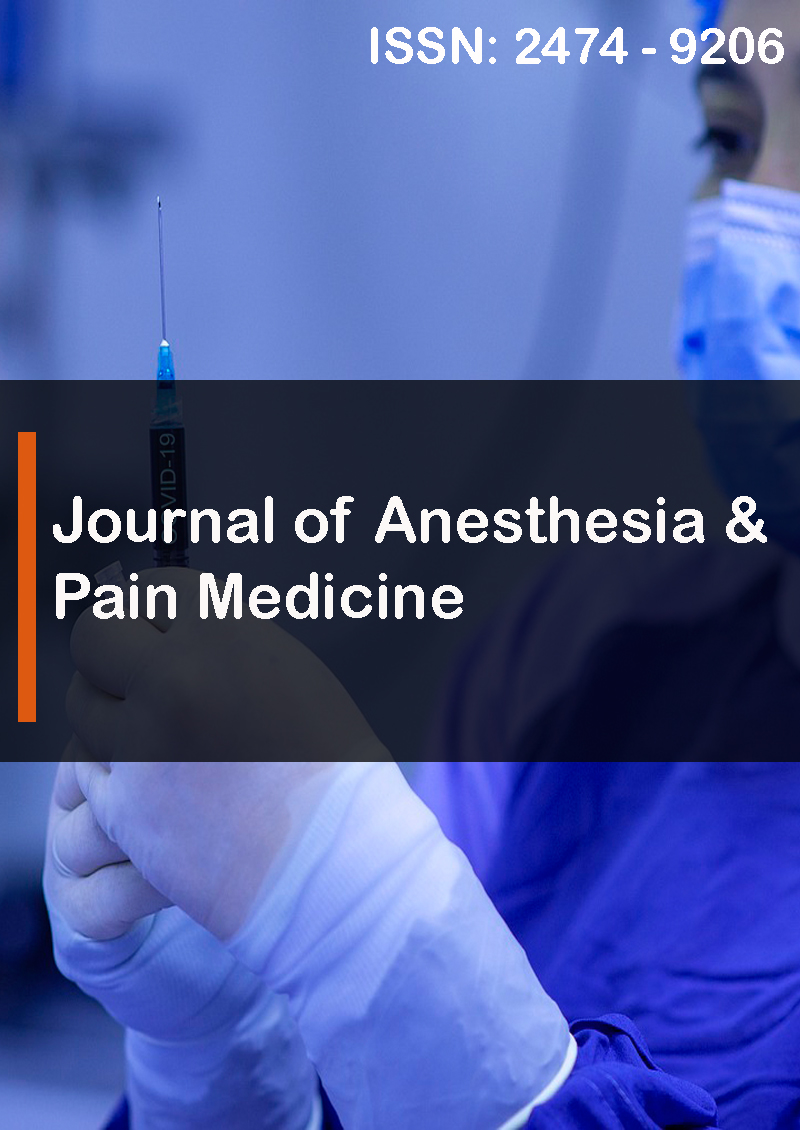Anesthetic Management for Deep Brain Stimulation Surgery in Parkinsons Disease
Abstract
Maria Angelica Tinoco Angulo, Sofia Doria Castro, Juan Ricardo Ospina Toro, Osnaider Andres Cuello Torres, Rodolfo Antonio Correa Gil, Julieth Alejandra Quiroga Orjuela, Jacksson Machado Usuga, Gabriel Jose Tiller Tiller Pacheco, Juan farak gomez
Parkinson’s disease is the second most common neurodegenerative disease, treatment consists of a combination of drugs, physiotherapy and advanced therapies, which seek to improve the quality of life of these patients, such as deep brain stimulation. Although anesthetic management is varied, it has been considered that the most appropriate technique taking into account the risks / benefits is the one consisting of asleep / awake / asleep, since it allows the interaction of the patient with the multidisciplinary team to guarantee correct placement of the stimulation electrodes. Due to the studies carried out for the use of anesthetic drugs, the use of propofol and dexmedetomidine has been implemented, not finding significant differences when choosing one or the other drug, but showing positive effects in improving the quality of life of these patients.



